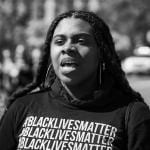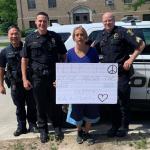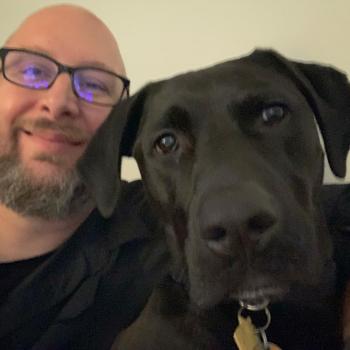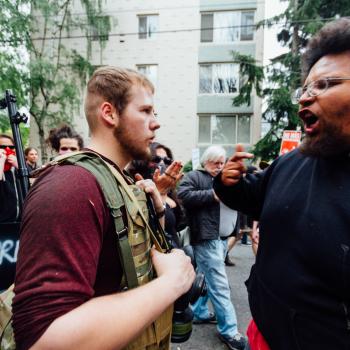First, the facts:
- On Monday, May 25, 2020, in the Powderhorn neighborhood of South Minneapolis, George Floyd was killed by Office Derek Chauvin of the Minneapolis Police. Chauvin knelt on Floyd’s neck until long after he was nonresponsive, and ignored Floyd’s pleas for mercy. Floyd is black. Chauvin is white, and has had at least 18 previous complaints against him.
- Three other officers–Tou Thao, J. Alexander Kueng, and Thomas K. Lane–were party to the arrest and the killing. They did nothing to stop Chauvin, and two of them helped by holding Floyd down.
- The alleged crimes Floyd was killed for were passing a counterfeit $20 bill (it’s unclear if he knew the bill was counterfeit) and resisting arrest by falling down instead of getting into a police car as ordered.
- Protests began as early as May 26. Minneapolis police met peaceful protesters in riot gear, and fired tear gas into the crowds. The protests became violent.
- Other cities joined in solidarity, and protests and rioting broke out across America.
- Chauvin has been charged with murder and manslaughter. The other officers, as of this writing, have not been charged. All four lost their jobs.
. . .
- On Saturday morning, May 25, attempting to delegitimize the protests and by extension legitimize the police response, St. Paul Mayor Melvin Carter falsely claimed that “every person” arrested in area protests was from out of state.
- Minneapolis Mayor Jacob Frey doubled down on this false claim, stating, “I want to be very, very clear—the people that are doing this are not Minneapolis residents.”
- Minnesota Governor Tim Waltz made his own estimate that “80%” of violent protestors were from out of state.
- While most national media took these officials at their word and ran with the false story, local news outlets quickly looked up actual arrest records, and found that more than 80 percent of those arrested were, in fact, local.
- Carter later admitted his claims were not true, stating, “This morning I shared with you arrest data received in my morning police briefing which I later learned to be inaccurate.”
. . .
The police lied.
Again.
—
It would be very easy for a blog on theology and culture to point out that the ninth commandment was broken, that the police were the ones who broke it, and that multiple government officials were complicit. But this is not news, this is not a surprise, and this is not the story.
The story, theologically speaking, is this:
We are all in some way bound to the stories we carry with us. Black men grow up knowing police are dangerous. Police, at least in corrupt cultures like the Minneapolis Police Department, are taught to believe all black men are a threat. Protestors believe all cops in riot gear are fascists. Cops in riot gear believe all protestors are outside agitators with no legitimate grievance. And violence ensues.
In this case, the police giving Mayor Carter his facts were so bound up in their preconceived narrative that they literally made up a story completely contrary to fact to support it. And the mayor believed them, because believing them helped his preconceived case. In psychology, this is called “confirmation bias.”
We forget that just before his execution, Jesus faced not one, but two judges. Pontius Pilate, representative of the empire, saw the facts, knew Jesus was innocent, and washed his hands of the whole matter. Herod, representative of local government, was looking for a scapegoat, and had Jesus killed anyway.
Jesus, on the other hand, spent his entire public ministry reframing the stories that were told in his culture about the poor, the sick, the oppressed and the afflicted. The Gospel includes story after story about how children and sinners and Samaritans and prostitutes and tax collectors and even centurions all have the same inherent worth and dignity as anyone else. When Jesus was asked directly which commandment was most important, he replied:
“You shall love the Lord your God with all your heart, and with all your soul, and with all your mind.” This is the greatest and first commandment. And a second is like it. “You shall love your neighbor as yourself.” On these two commandments hang all the law and the prophets.
-Mt. 22:34-40, NRSV (emphasis mine)
Loving your neighbor is like loving your God. Seeing your neighbor is like seeing God. If we are to follow what Jesus clearly and explicitly identified as the greatest commandment, it is on us to continuously work on revising our stories until they match the actual fact that our neighbors—which include both George Floyd and those who protest his murder—matter.













